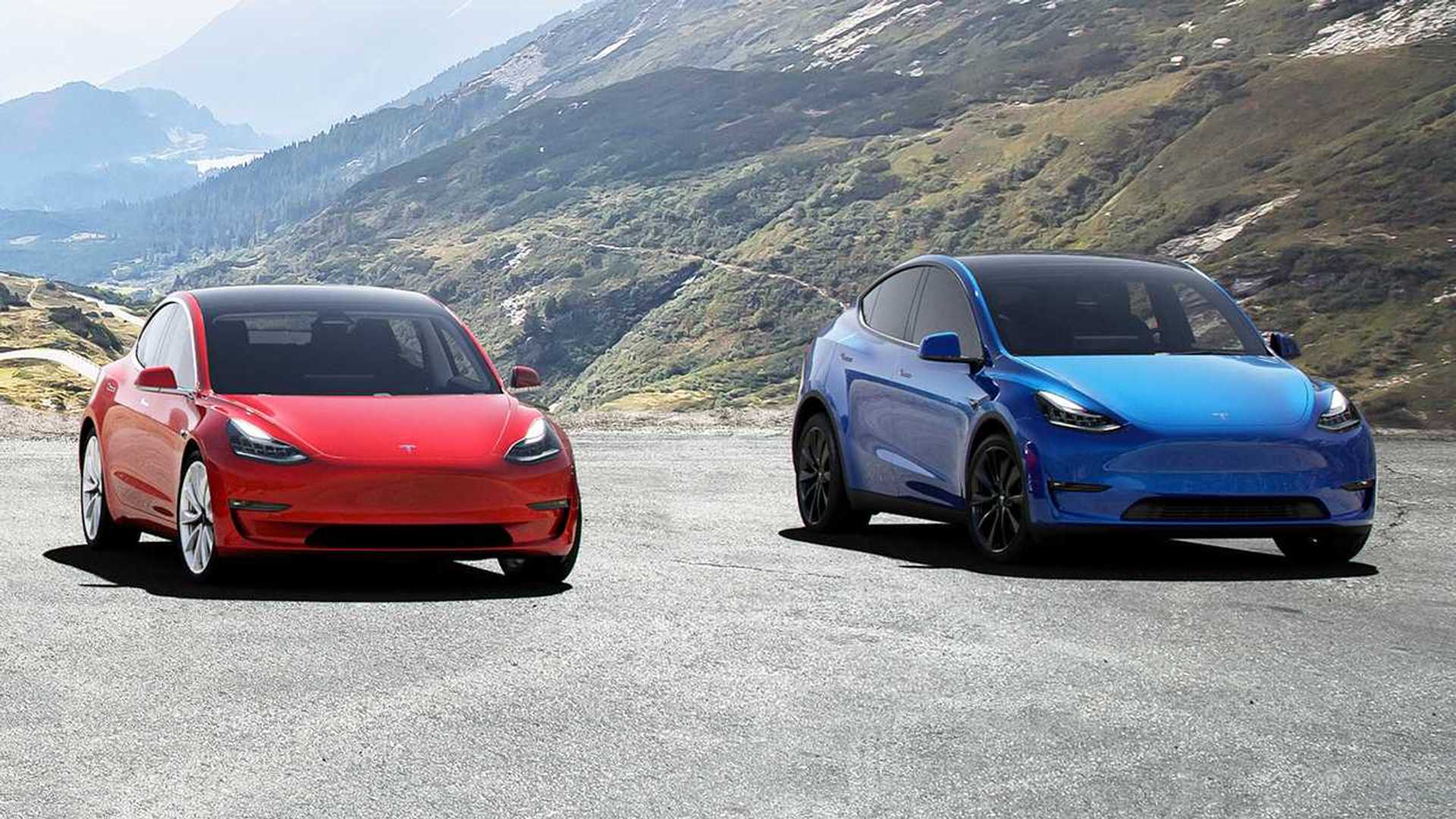Audi AG plans an outlay of approximately €37 billion for research and development expenditure and investment in property, plant and equipment over the next five years (2020 to 2024).
The current planning reflects a significant improvement in investment and cost discipline, as well as the strong prioritization of investments in electric mobility. The manufacturer is planning an upfront expenditure of €12 billion solely for electric mobility—more than ever before.
The Audi Transformation Plan (ATP), launched two years ago, is freeing up the necessary funds. Since the start of the program, the ATP has already contributed €4 billion to earnings. Furthermore, measures taken in the context of Audi.Zukunft are to free up approximately €6 billion for future investments by 2029.
With our Consistently Audi strategy, we are accelerating our roadmap towards electrification. Our investment planning takes this into account. At around €12 billion, we will spend more than ever before on electric mobility by 2024.—Alexander Seitz, Board of Management Member for Finance, China and Legal Affairs at Audi AG
“
By 2025, the Audi Group intends to have more than 30 electrified models in its product range, 20 of which will be fully electric. Audi intends to achieve about 40% of its worldwide unit sales with all-electric and hybridized automobiles by then.
In order to achieve the rapid scaling of electric mobility, Audi is working with Porsche to develop the premium electrification architecture (PPE) for large electric cars; the Modular E Drive System (MEB) is being developed together with Volkswagen. The cross-brand architectures will enable high Group synergies to be utilized in the future.
In order to finance the high investment required to realign the business model, the company launched the Audi Transformation Plan (ATP). This earnings-improvement program is to free up a total of €15 billion for future investments by 2022. The ATP has already contributed more than €4 billion to operating profit since it was launched.
With the ATP, we have significantly improved our spending discipline and our focus on investment. The course has been set for Audi to return to an operating return on sales within the strategic target corridor of 9 to 11 percent in the medium term.—Alexander Seitz
Measures have already been identified for 80% of the program.
Audi.Zukunft, a fundamental agreement reached on 26 November between the company’s management and the employee representatives, will also make a crucial contribution towards ensuring Audi’s long-term competitiveness. The agreement includes the market-oriented optimization of strategic production capacities at the two German plants and socially responsible workforce adjustments.
The agreement strengthens new job profiles in apprenticeships and further training and extends the employment guarantee until the end of 2029. At the same time, the Works Council and the company’s management have agreed to cut up to 9,500 jobs until 2025.
The reductions will take place along the demographic curve—in particular through employee turnover and a new, attractive early-retirement program. An equivalent percentage staff reduction will take place in management.
Nonetheless, Audi will continue to recruit in the coming years. The company plans to create up to 2,000 new expert positions in areas such as electric mobility and digitalization. Those appointments will be made on the principle of internal before external candidates.
The measures agreed upon within the framework of Audi.Zukunft are expected to have a cumulative positive impact on earnings of approximately €6 billion by 2029, which is to be available for investments in the future.














